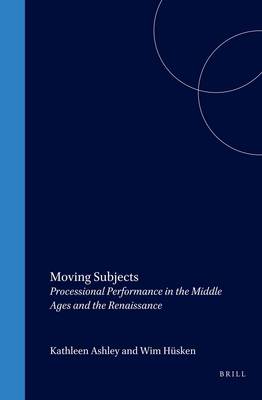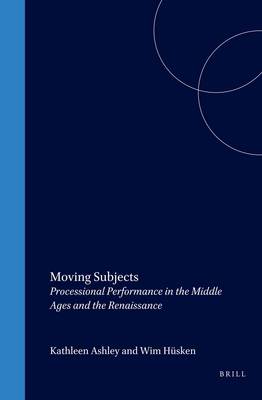
- Afhalen na 1 uur in een winkel met voorraad
- Gratis thuislevering in België vanaf € 30
- Ruim aanbod met 7 miljoen producten
- Afhalen na 1 uur in een winkel met voorraad
- Gratis thuislevering in België vanaf € 30
- Ruim aanbod met 7 miljoen producten
Zoeken
€ 155,95
+ 311 punten
Omschrijving
Procession, arguably the most ubiquitous and versatile public performance mode until the seventeenth century, has received little scholarly or theoretical attention. Yet, this form of social behaviour has been so thoroughly naturalised in our accounts of western European history that it merited little comment as a cultural performance choice over many centuries until recently, when a generation of cultural historians using explanatory models from anthropology called attention to the processional mode as a privileged vehicle for articulation in its society. Their analyses, however, tended to focus on the issue of whether processions produced social harmony or reinforced social distinctions, potentially leading to conflict. While such questions are not ignored in this collection of essays, its primary purpose is to reflect upon salient theatrical aspects of processions that may help us understand how in the performance of "moving subjects" they accomplished their often transformative cultural work.
Specificaties
Betrokkenen
- Auteur(s):
- Uitgeverij:
Inhoud
- Aantal bladzijden:
- 260
- Taal:
- Engels
- Reeks:
- Reeksnummer:
- nr. 5
Eigenschappen
- Productcode (EAN):
- 9789042012653
- Verschijningsdatum:
- 1/01/2001
- Uitvoering:
- Hardcover
- Formaat:
- Genaaid
- Afmetingen:
- 155 mm x 230 mm
- Gewicht:
- 607 g

Alleen bij Standaard Boekhandel
+ 311 punten op je klantenkaart van Standaard Boekhandel
Beoordelingen
We publiceren alleen reviews die voldoen aan de voorwaarden voor reviews. Bekijk onze voorwaarden voor reviews.








